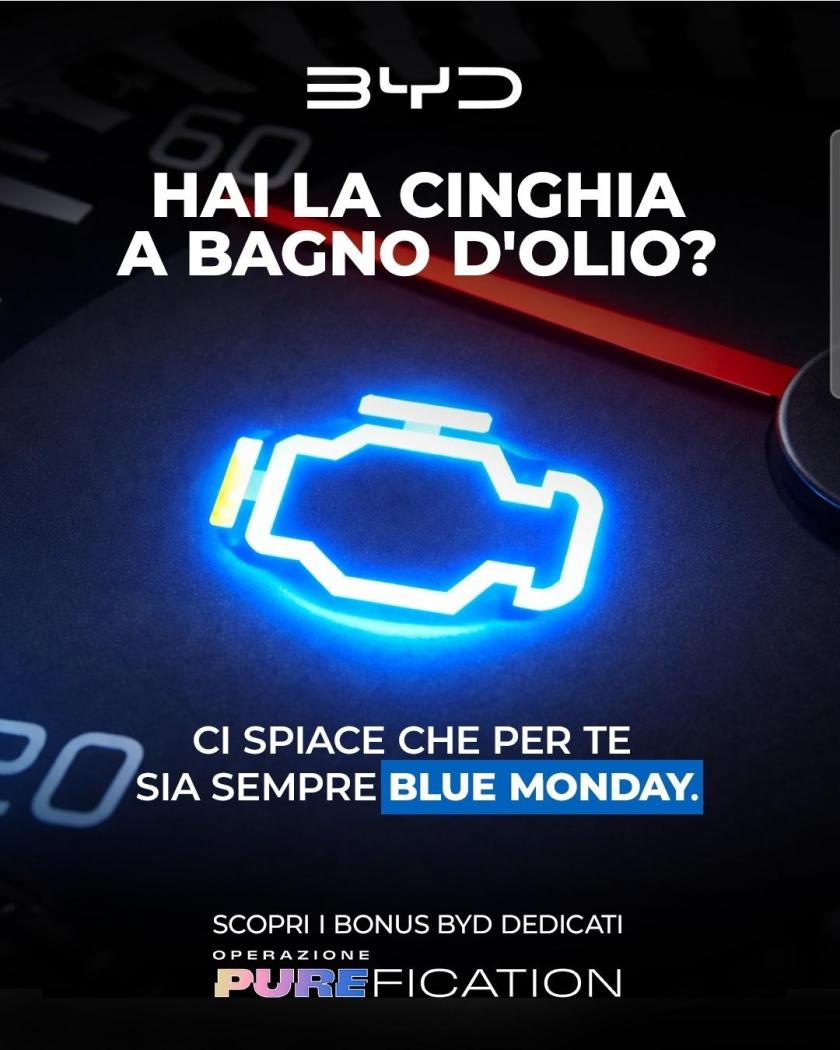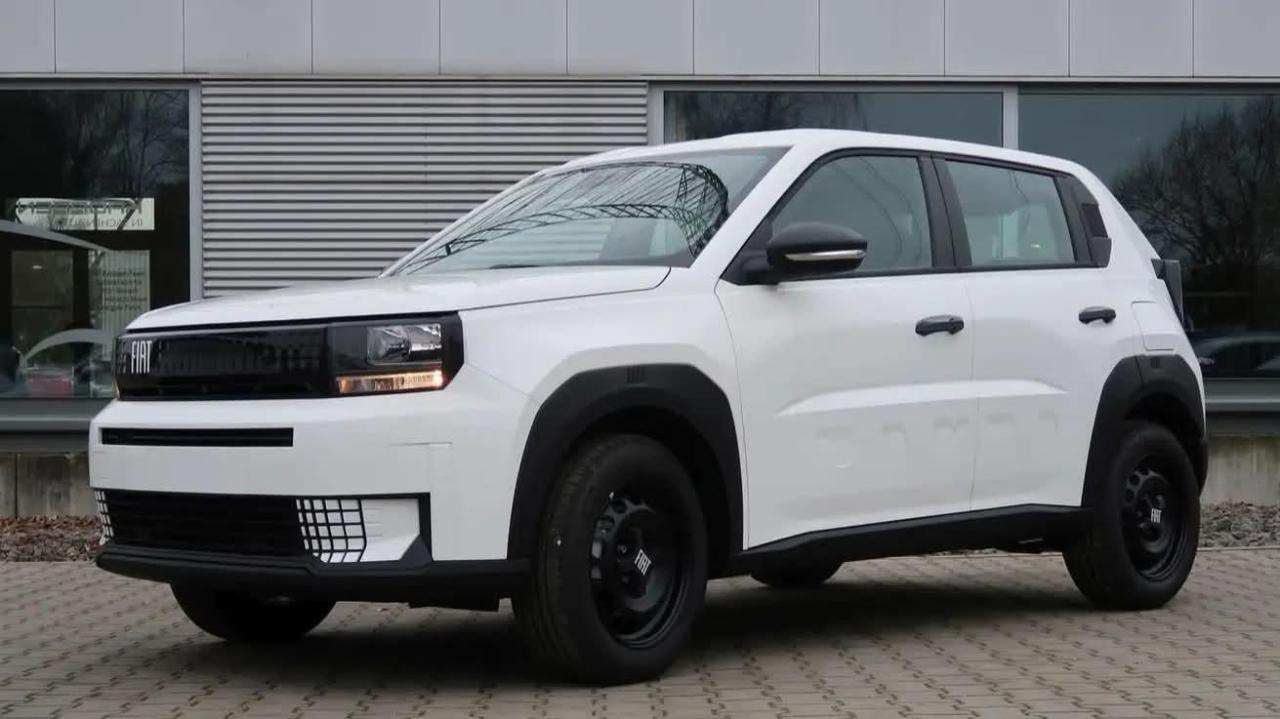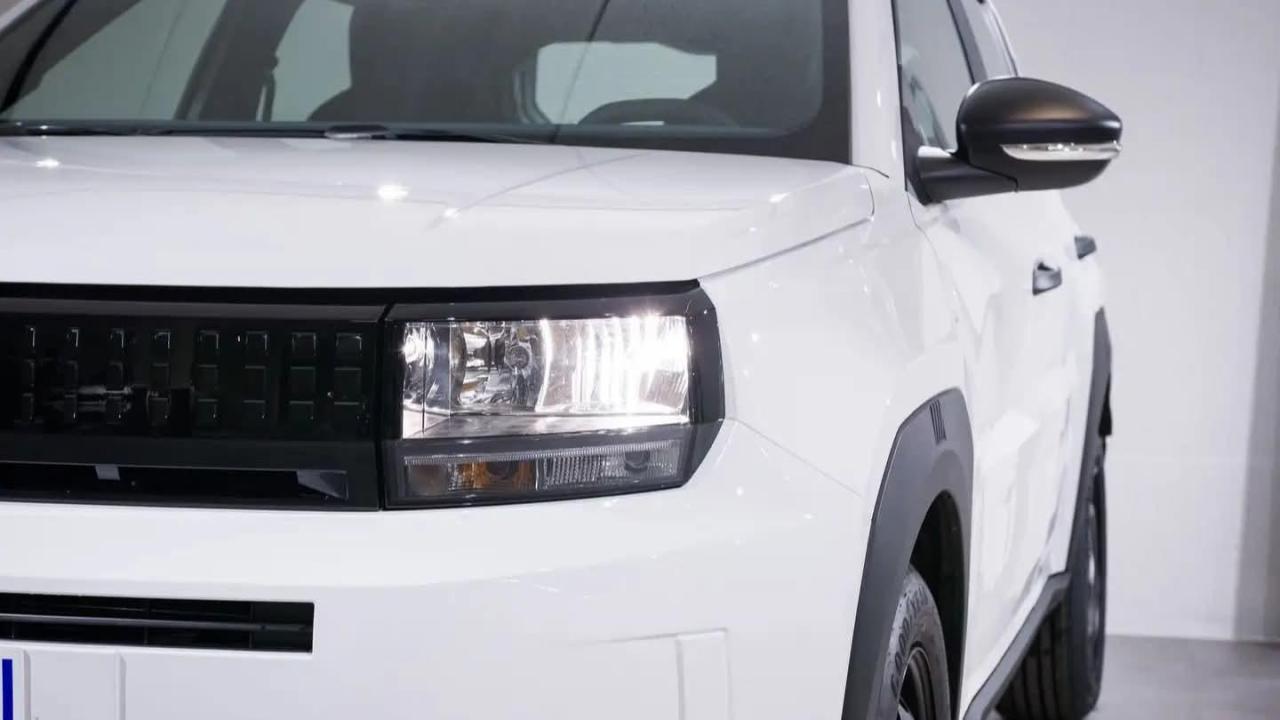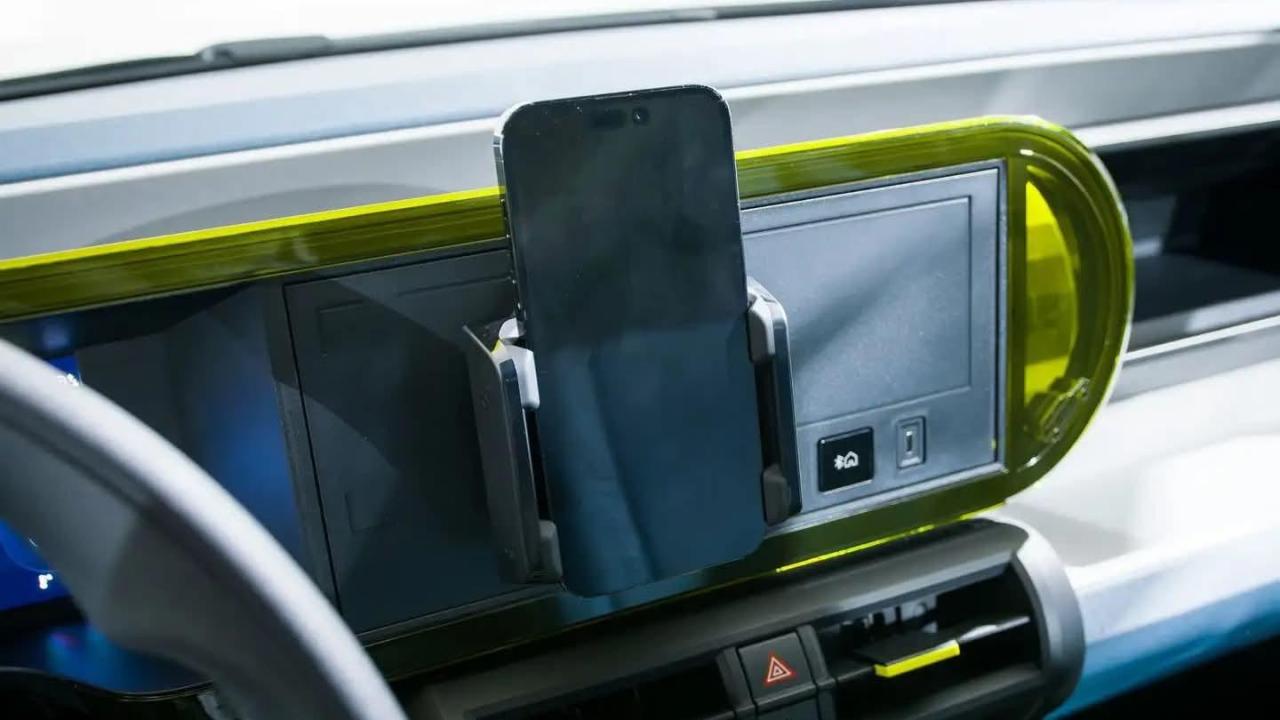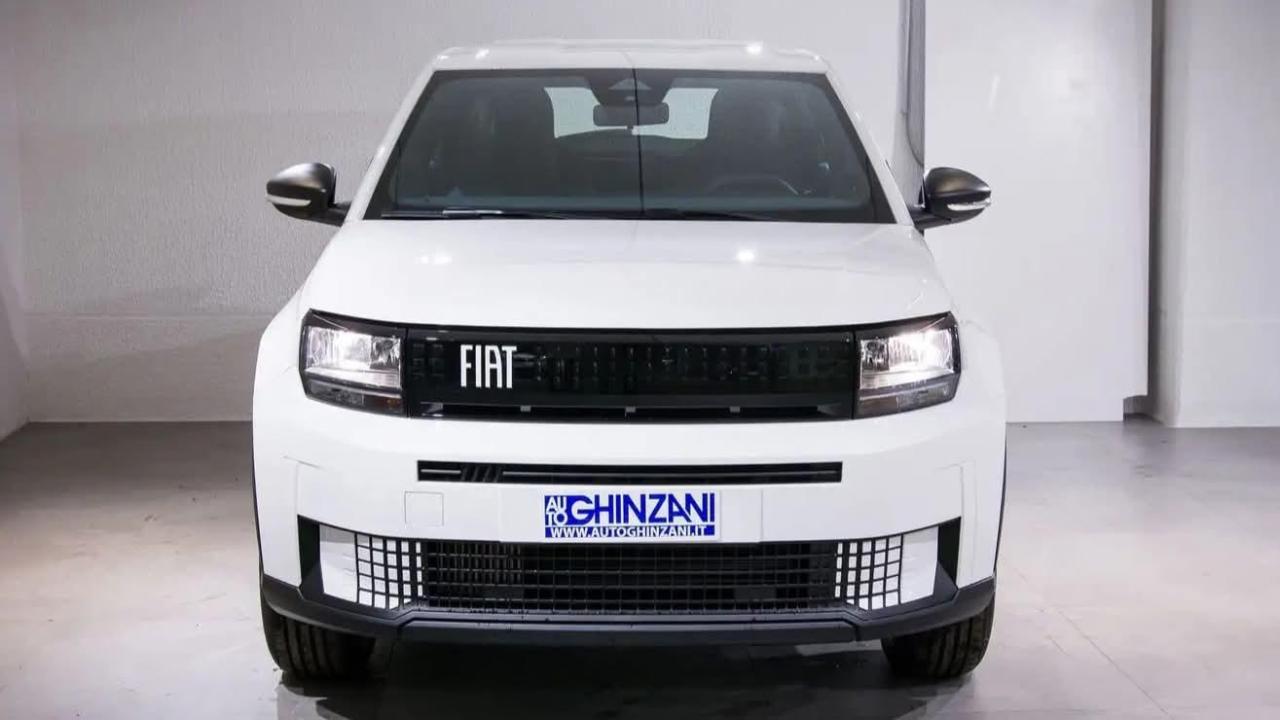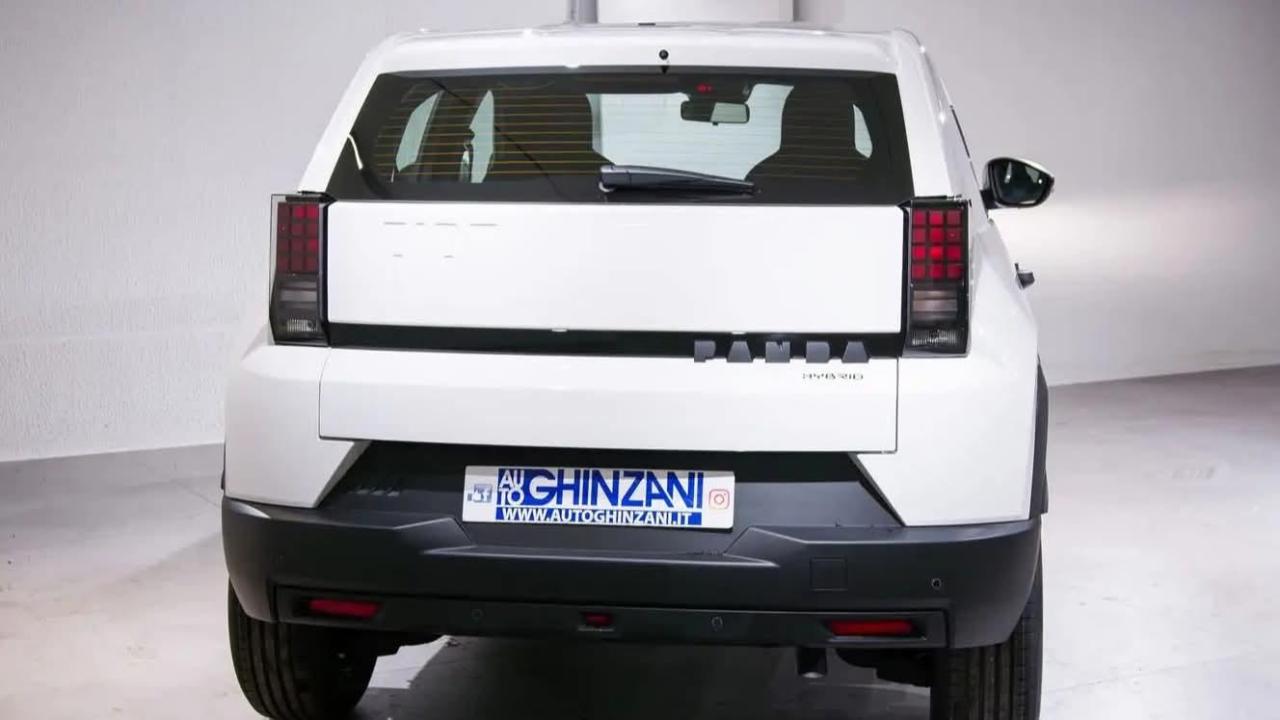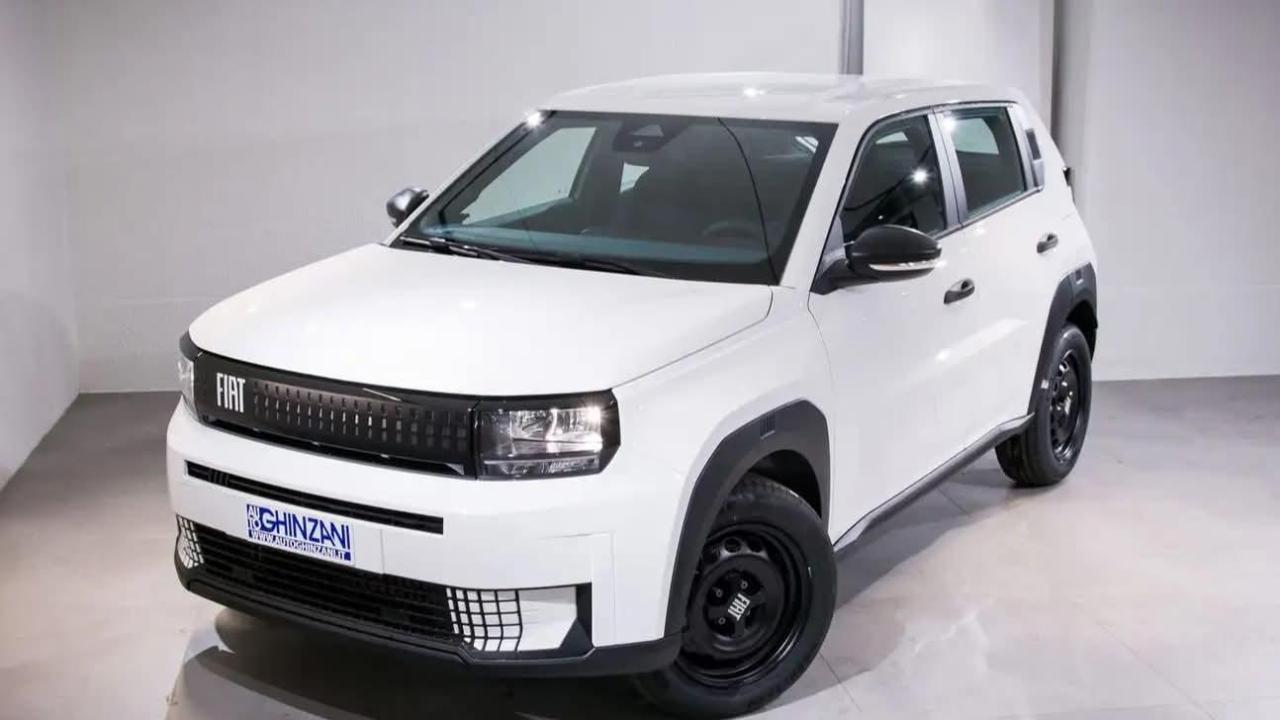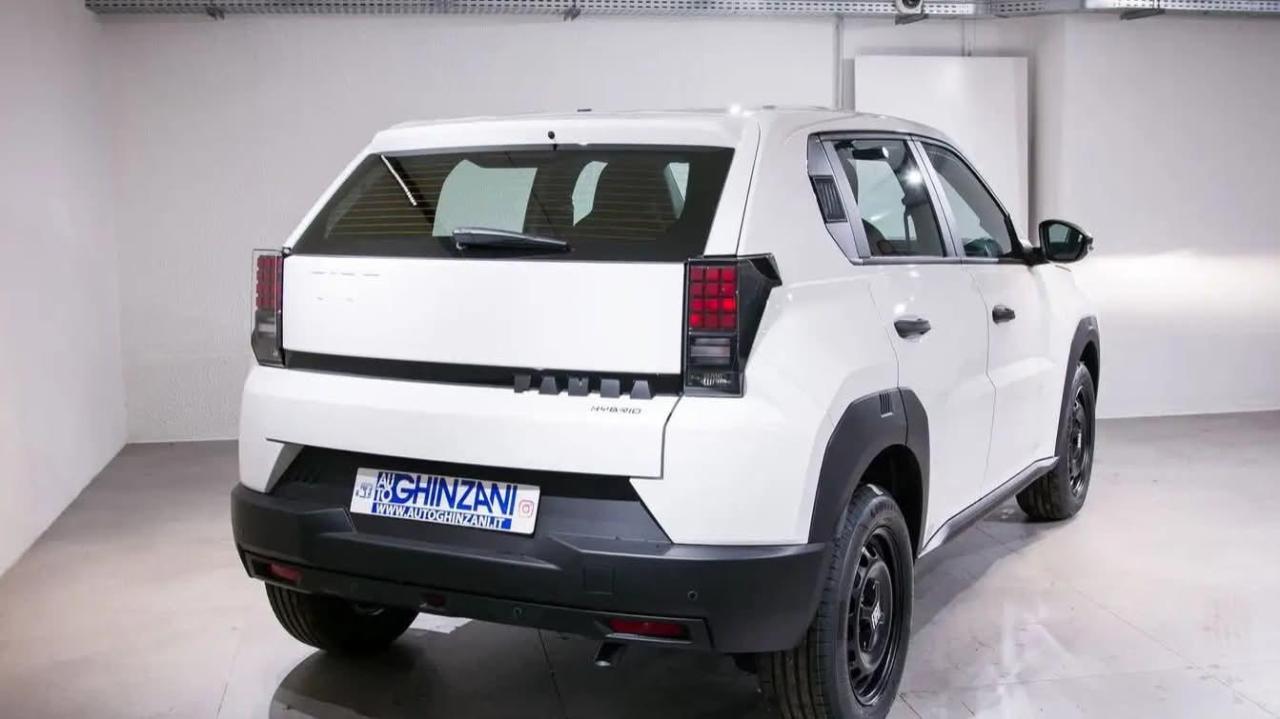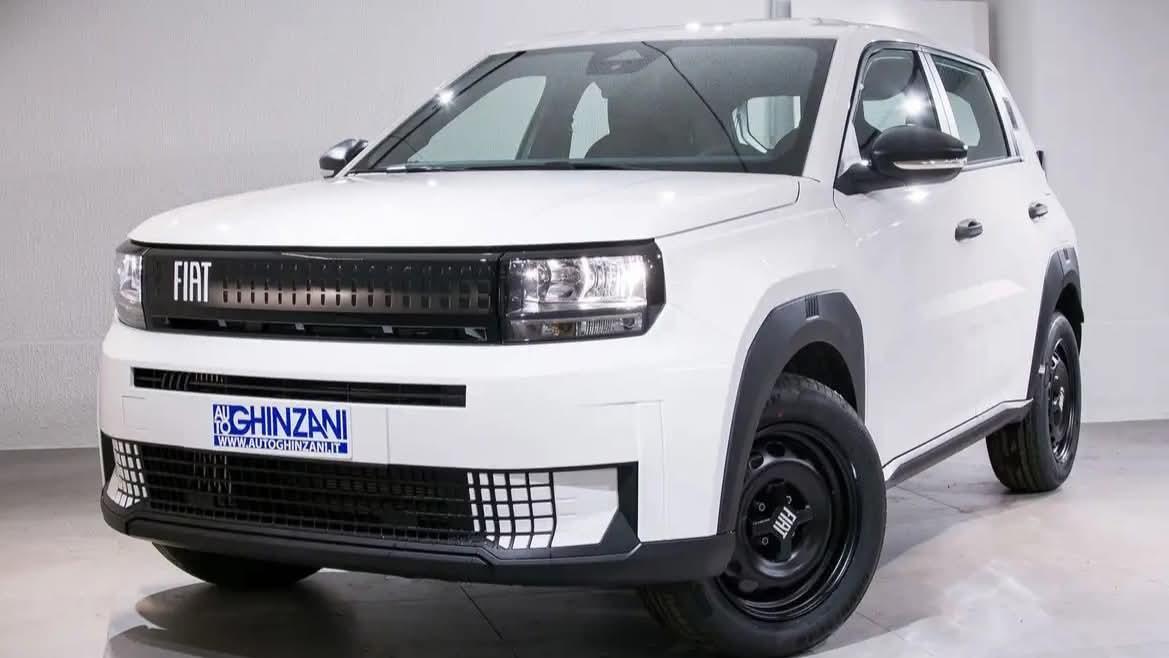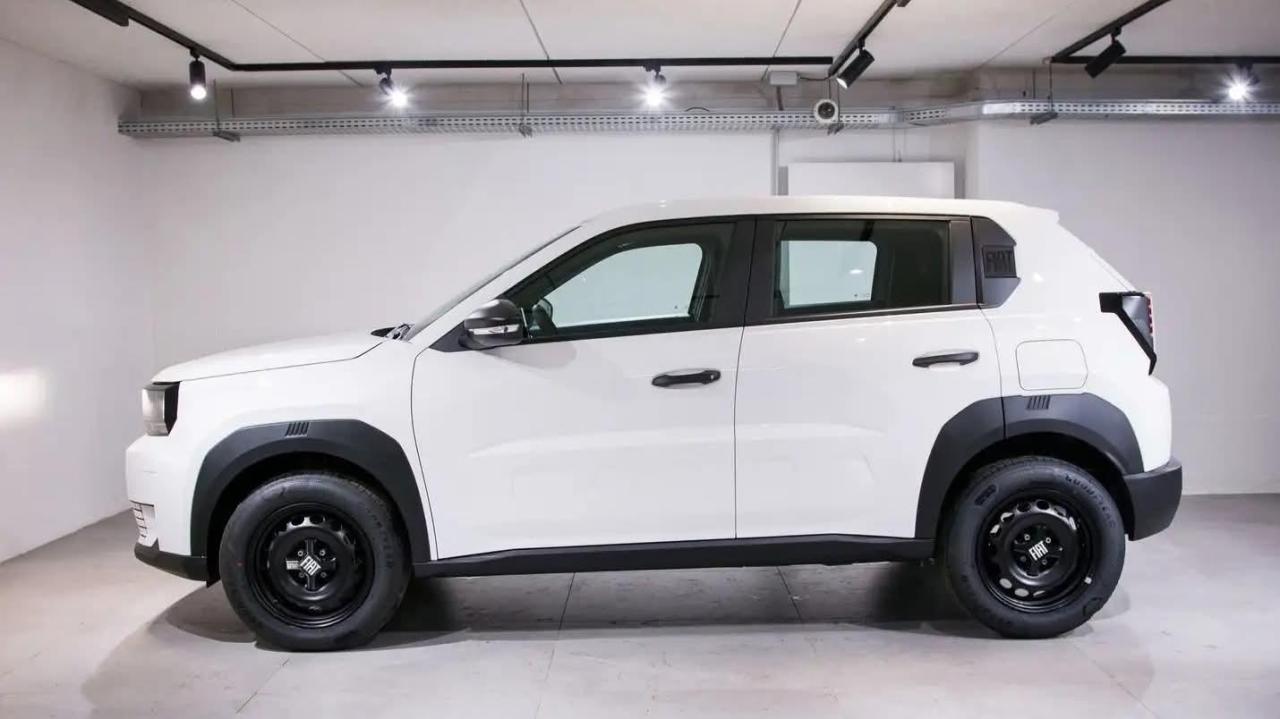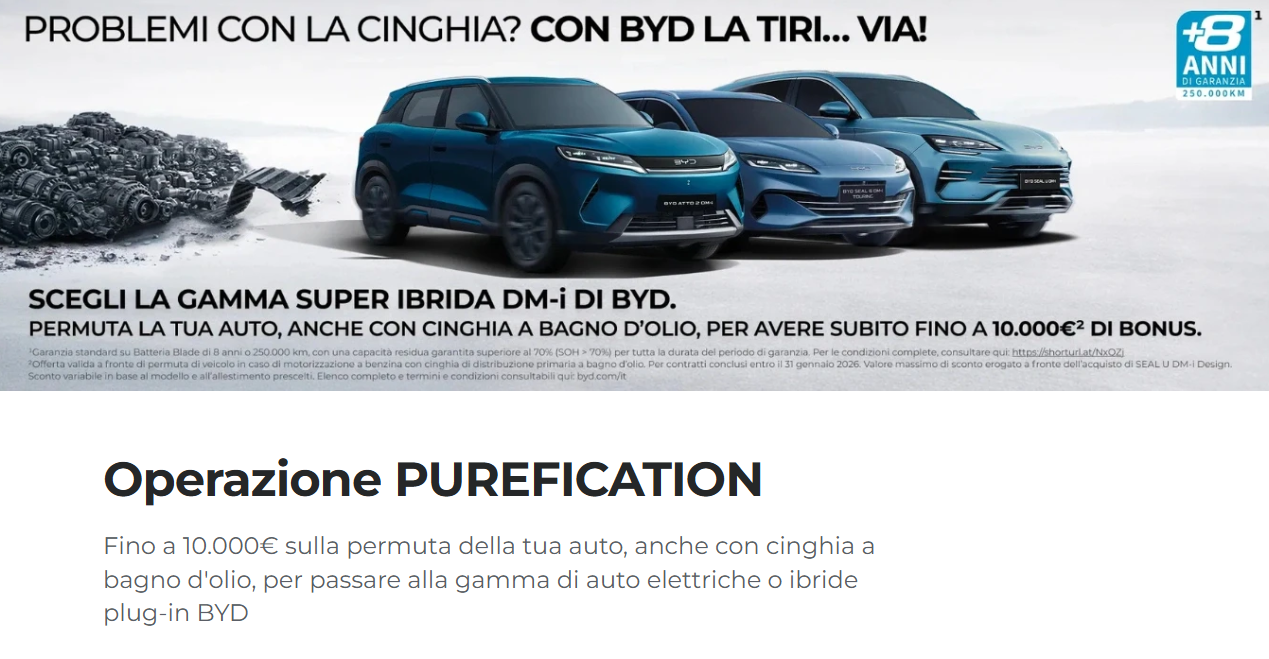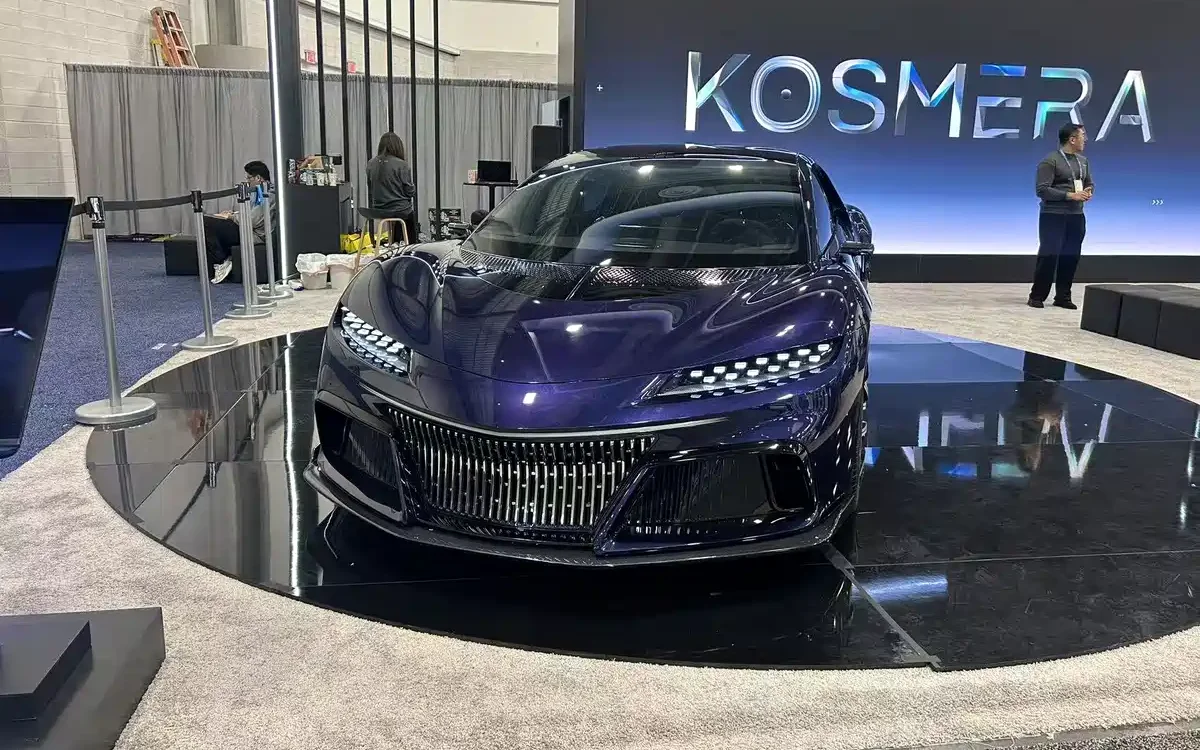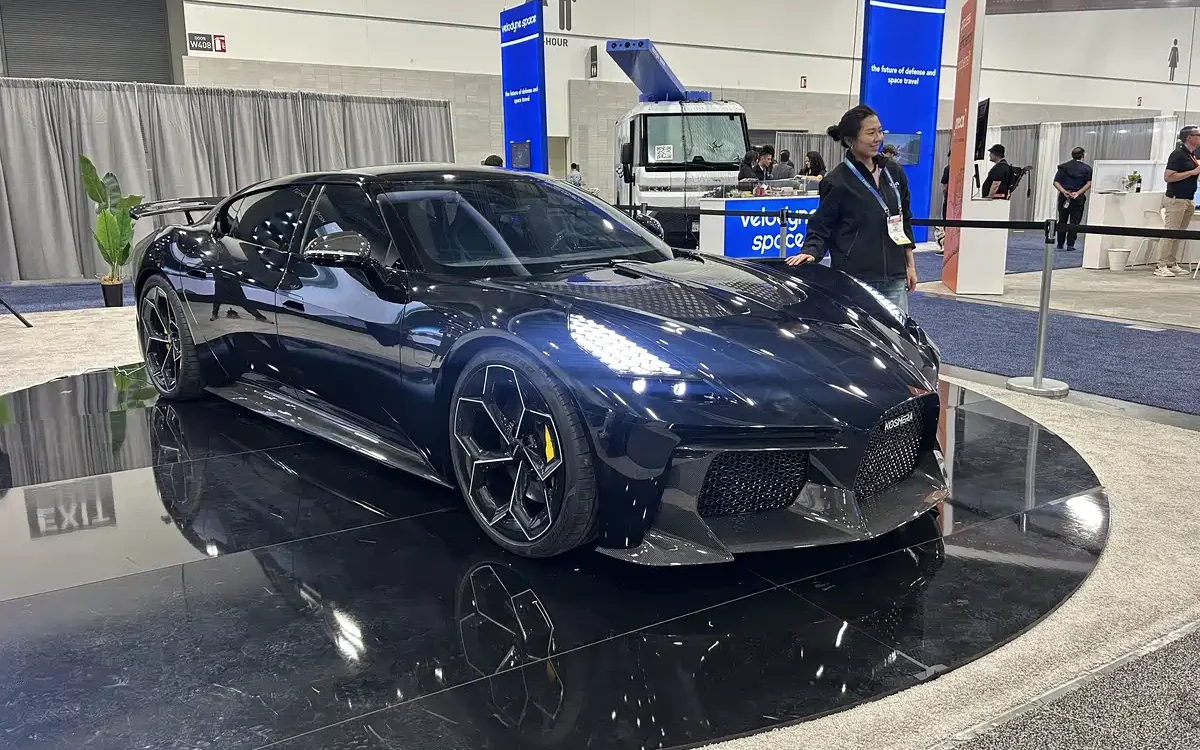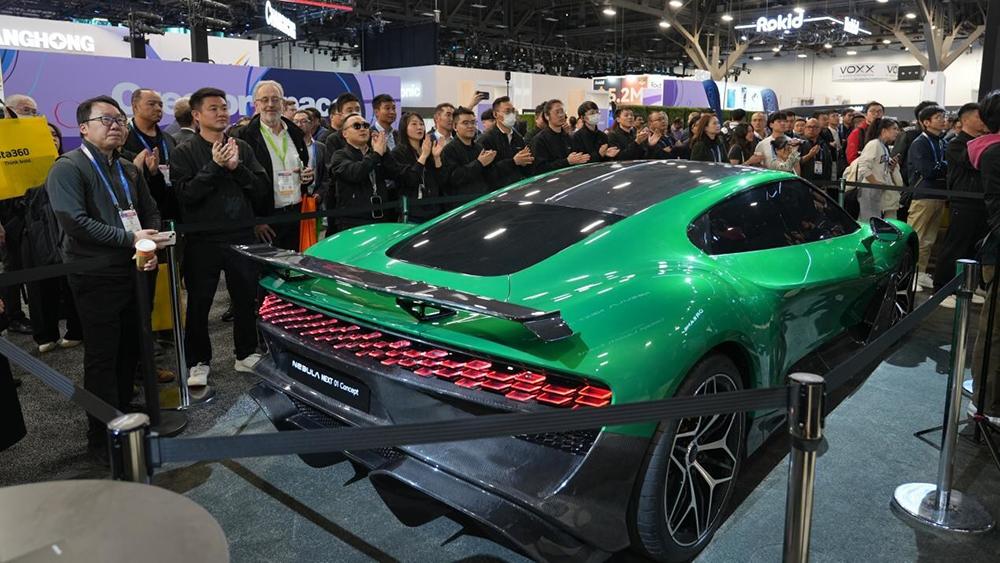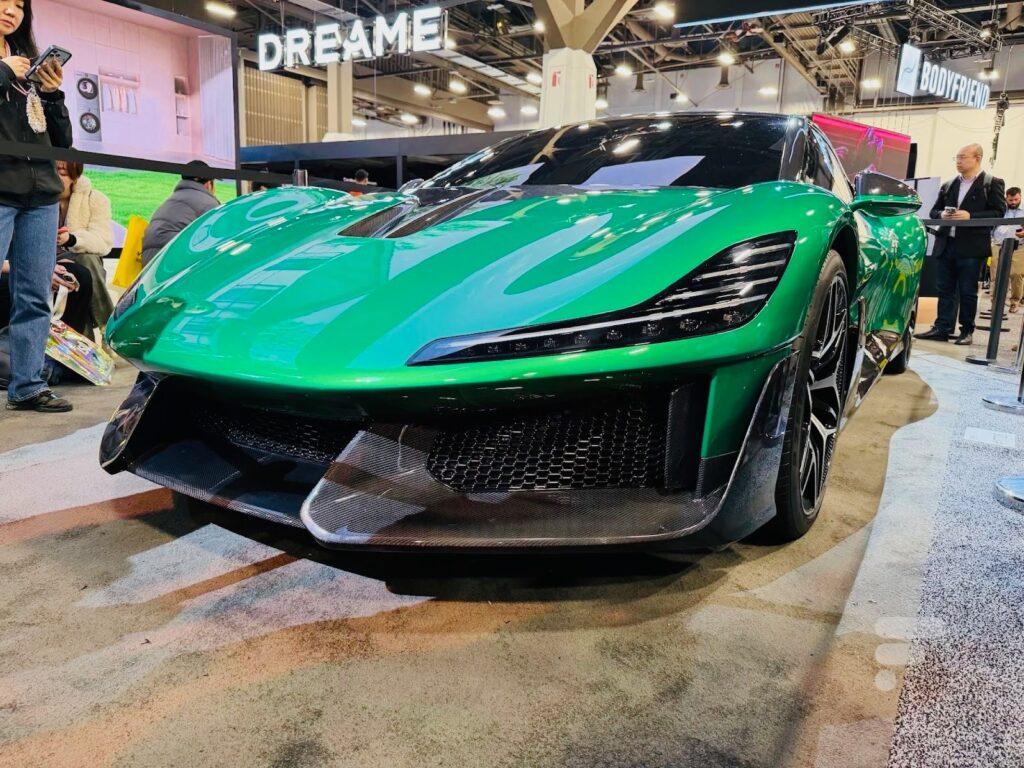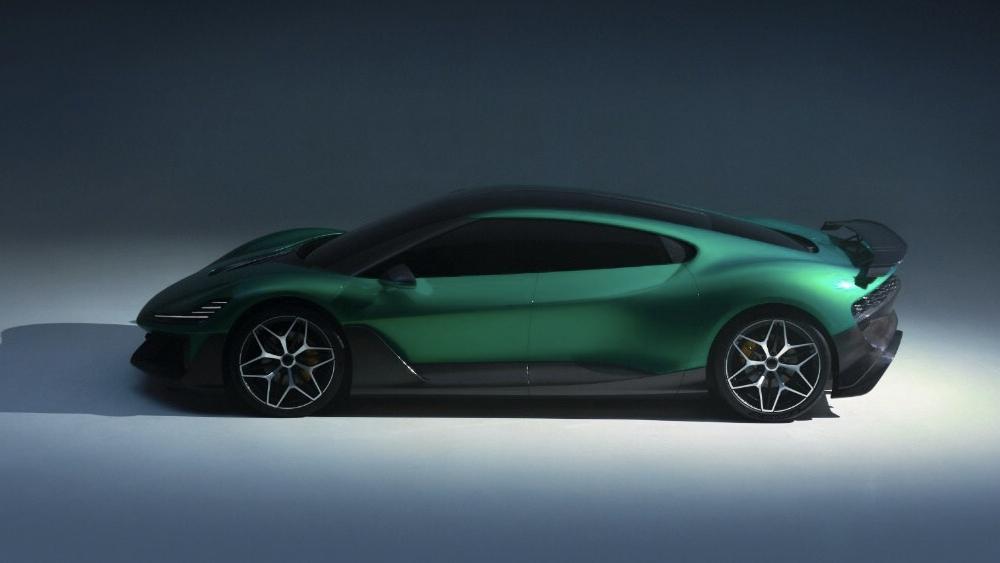
Tutti i contenuti di MotorPassion
-
Volvo EX60 2026 - Prj. V436 (Spy)
Non mi convince per nulla. Non so c'è qualcosa che mi fa sembrare incoerente la zona anteriore (fino al montante centrale) con il resto della vettura. Sembra quasi una EX30 Station Wagon.
-
Jeep Avenger Facelift 2026 (Spy)
Al frontale sicuramente nuova mascherina in linea con le altre di casa Jeep e probabilmente illuminata, paraurti ridisegnati e forse al posteriore luci unite da una fasci nera in stile New Compass? Si spera che facciano interventi degni di nota negli interni, con materali migliori e sognando dei pannelli porta dedicati e non condivisi con 600 e Junior.
- Gruppo BYD
- Fiat Grande Panda 2024
-
Volvo EX60 2026 - Prj. V436 (Spy)
Bah trovo che Volvo abbia perso di carattere e con l'operazione Polestar hanno fatto anche un bel casino. Comunque guardando le foto: ES90 e questa EX60 hanno in comune la zona montanti anteriori e direi tutta la struttura del padiglione. (Che è molto simile anche ad EX30 e EC40 sebbene su base diversa).
-
Škoda Peaq - Space BEV 2026 (Spy)
- [KOR/LATAM] Renault Filante 2026
- [KOR/LATAM] Renault Filante 2026
- Mazda CX-6e (EZ-60) 2026
Sulla carta, autonomia non proprio entusiasmante.- Leapmotor B03X (A10) 2026
La vedo come proposta ideale agli orfani di 500L se interessati al passaggio all'elettrico. Ho notato solo ora le luci posteriori a forma di emoji. 😬- Fiat QUBO L 2026
Imbarazzanti le testate giornalistiche che con tono entusiasta mostrano questa QUBO L come una grande novità e soprattutto diesel. 😥 L'obiettivo e la crotica giornalistica è andata a farsi benedire, dai cavolo è l'ennesima versione sulla base Berlingo del 2008.- Alfa Romeo Tonale Facelift 2026
Mi piace la narrazione ed il soggetto dello spot, ecco il finale con Blanco a palla mi ha fatto prendere un colpo. 🤣- Lancia Ypsilon 2024
- Kia EV2 2026
Dai è simpatica, sicuramente riconoscibile.- Fiat QUBO L 2026
Ma ... 😶🌫️ Questa non merita un post su IG, mi apsettavo qualcosa di veramente nuovo e non un renaming.- Peugeot 408 Facelift 2026
- Peugeot 408 Facelift 2026
- Maserati Grecale M.Y. 2026
Ogni tot anni questo azzurro con riflessi gialli ricompare nella gamma di qualche brand ex FCA. 😅- Gruppo BYD
- Gruppo BYD
- Lancia Ypsilon 2024
- Kosmera Concept Cars 2026
Al CES 2026 Kosmera ha presentato due concept car elettriche ad alte prestazioni. Una hyper‑EV con un’architettura quad‑motor. Una berlina sportiva elettrica a quattro porte. Kosmera è il nuovo marchio automobilistico creato da Dreame, l’azienda cinese famosa per aspirapolvere e robot domestici. È stato presentato al CES 2026 come brand dedicato alle supercar elettriche. La base dovrebbe essere la stessa di Nebula Next 01, il design anche qui è fortemente ispirato a Bugatti.- Nebula Next 01 Concept
La Nebula Next 01 Concept è una concept car elettrica presentata al CES 2026: un prototipo ad altissime prestazioni costruito in fibra di carbonio, con aerodinamica attiva e un’architettura EV pensata per velocità elevate e massima efficienza. Nebulaa Next nasce all’interno del progetto automobilistico di Dreame Technology, l’azienda cinese famosa per aspirapolvere e robot domestici. Al CES 2026 Dreame ha presentato: due modelli della serie Kosmera e la Nebula Next 01, posizionata come concept di fascia alta A me questi modelli by DREAME a livello di design sembrano delle scopiazzature di Bugatti.- Lancia Ypsilon 2024
- [KOR] Renault Filante 2026 (Spy)
Filante... per un SUV ... avanguardia pura. 😅 - [KOR/LATAM] Renault Filante 2026
Account
Navigation
Cerca
Configure browser push notifications
Chrome (Android)
- Tap the lock icon next to the address bar.
- Tap Permissions → Notifications.
- Adjust your preference.
Chrome (Desktop)
- Click the padlock icon in the address bar.
- Select Site settings.
- Find Notifications and adjust your preference.
Safari (iOS 16.4+)
- Ensure the site is installed via Add to Home Screen.
- Open Settings App → Notifications.
- Find your app name and adjust your preference.
Safari (macOS)
- Go to Safari → Preferences.
- Click the Websites tab.
- Select Notifications in the sidebar.
- Find this website and adjust your preference.
Edge (Android)
- Tap the lock icon next to the address bar.
- Tap Permissions.
- Find Notifications and adjust your preference.
Edge (Desktop)
- Click the padlock icon in the address bar.
- Click Permissions for this site.
- Find Notifications and adjust your preference.
Firefox (Android)
- Go to Settings → Site permissions.
- Tap Notifications.
- Find this site in the list and adjust your preference.
Firefox (Desktop)
- Open Firefox Settings.
- Search for Notifications.
- Find this site in the list and adjust your preference.






